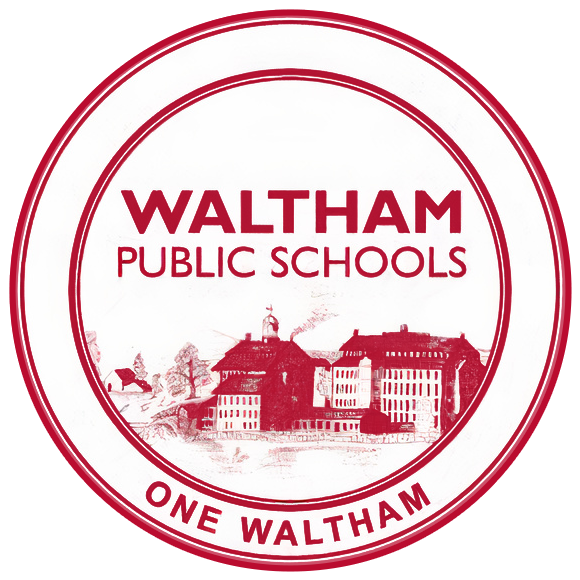In this one-semester review course, students will explore complex phenomena in the real world in order to refresh and extend the content knowledge they bring with them from their full-year Physics course. The standards allow students to apply the science and engineering practices; developing and using models, analyzing and interpreting data, using mathematics, and engaging in argument from evidence. This course will prepare students to take the Physics MCAS retest in February or the Physics MCAS test in June. Passing a STE MCAS is a graduation requirement. This course is intended for students who did not pass the Physics MCAS after their full-year Physics course, or for students in the second semester of their full-year Physics course who may need additional preparation for the June exam.
| ||||||||||||||||||||
|---|---|---|---|---|---|---|---|---|---|---|---|---|---|---|---|---|---|---|---|---|
